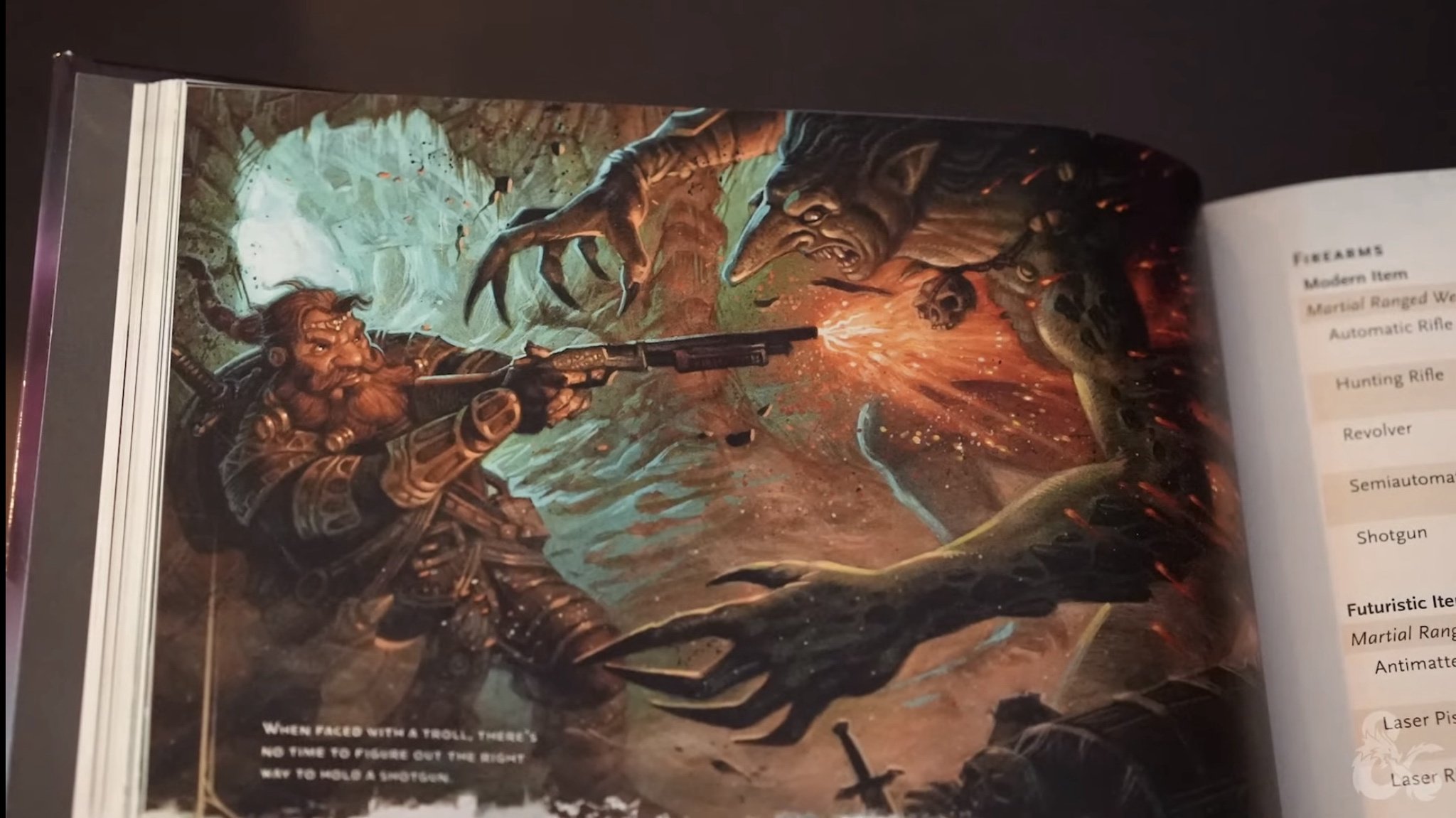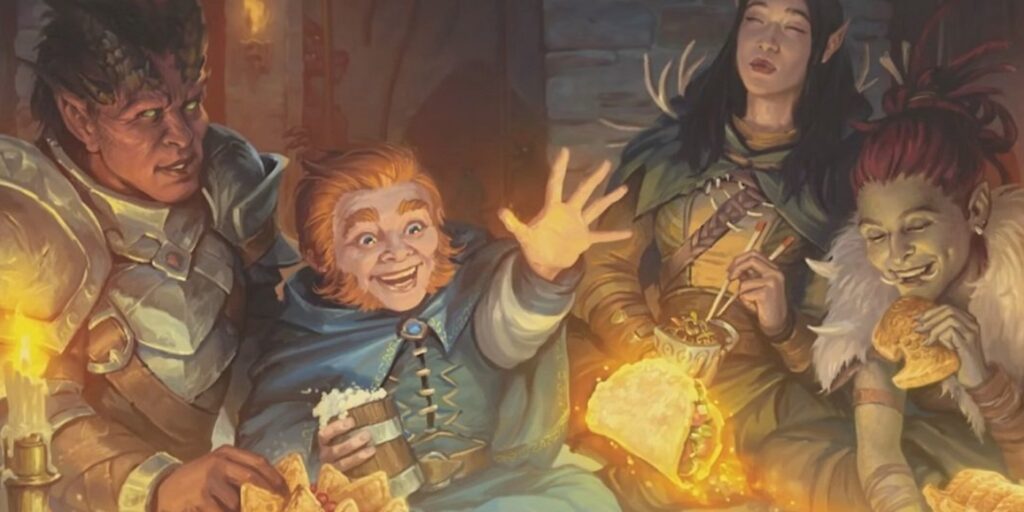D&D: A Pistol Is As Strong As A Greatsword – Five Weird Rules About Firearms In The Dungeon Master’s Guide
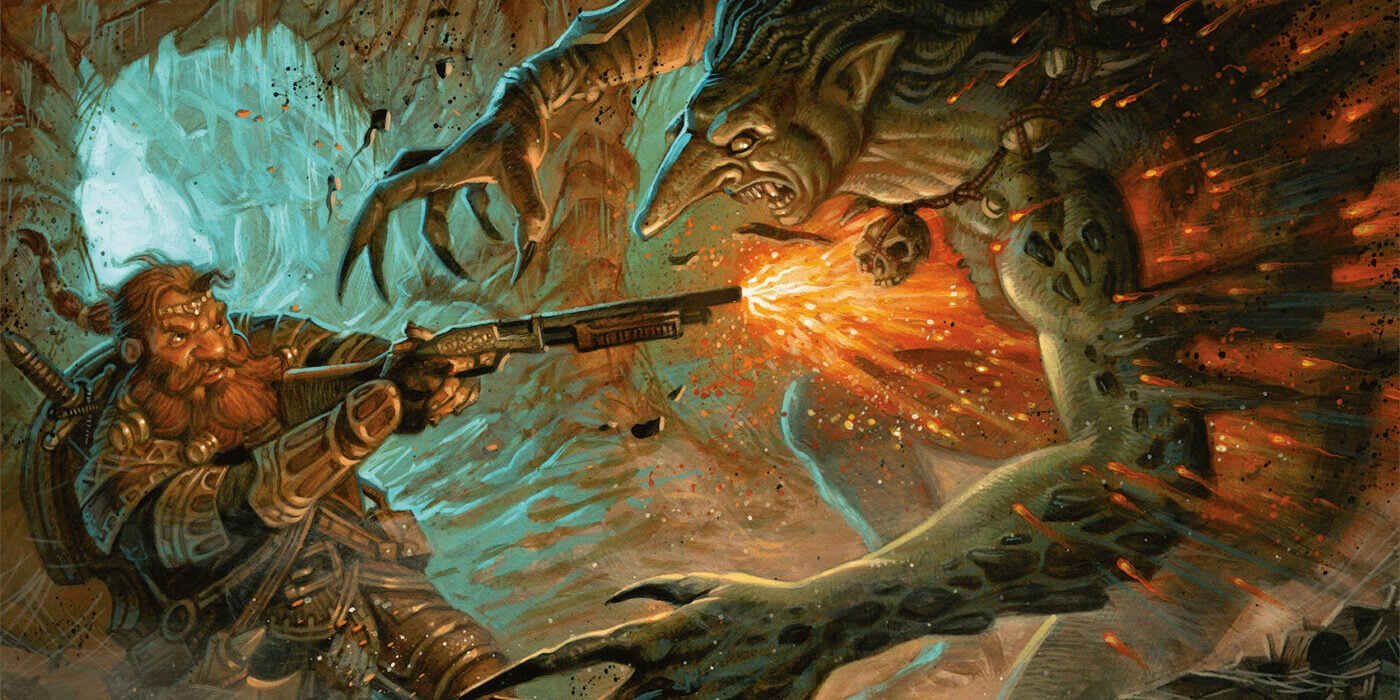
D&D is more full of guns than you might expect for a game about fantasy adventurers delving through dungeons to fight dragons.
You can tell that Dungeons & Dragons is a game originally made in the United States of America on account of how many guns there are in the game. Sure, some of them fit – like it’s not out of line to imagine an elf with a flintlock pistol. Or an orc with a musket. That’s all “in the past” enough that it basically fits into “history.”
History, as far as D&D concerned, is that time period before now. Where everything happened except for stuff that feels modern. From the Ea Nasir’s copper empire to, let’s say, the beginning of the Industrial Revolution, history is a broad place. This despite the fact that, Cleopatra was born closer to the launching of the space shuttle than to the building of the pyramids.
But I digress. Point is, fantasy character plus pirate-y gun is a pretty decent equation. But what about dwarf with a pump action shotgun? Not only is it canon, it’s got official art.
And when you put guns into the rules of D&D, things start to get a little weird.
That Pistol Hits Like a Greatsword
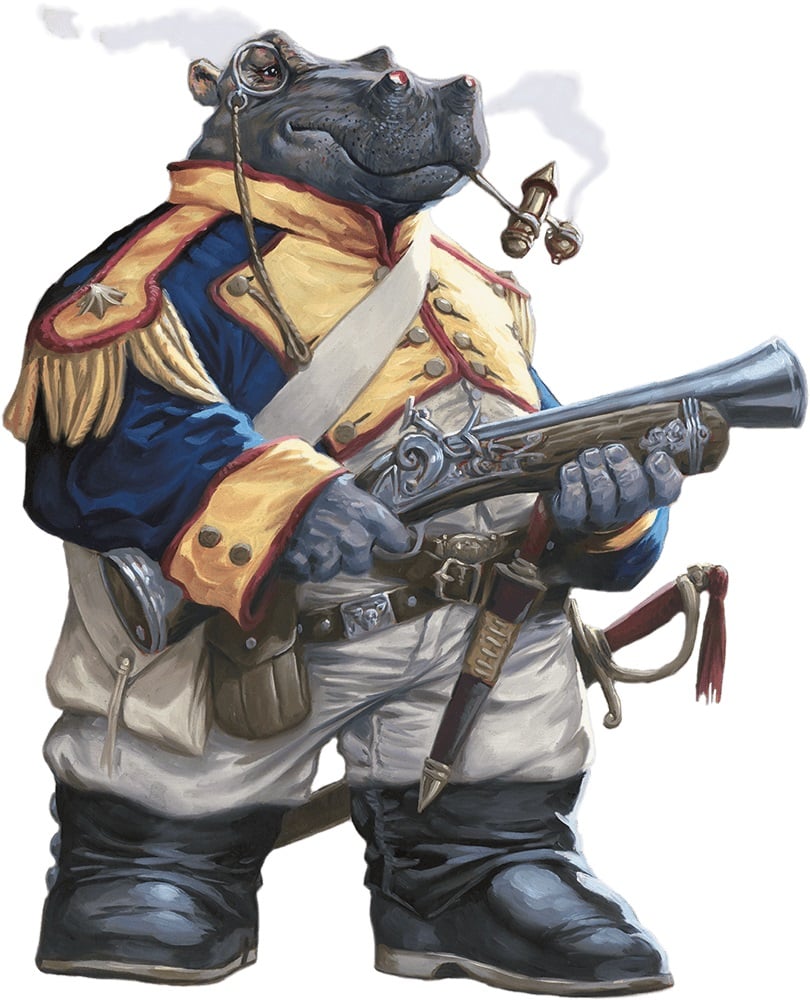
When it comes to firearms, perhaps the most ubiquitous example of all of them, is the pistol. Handguns are common, easy to carry, and you can hold them in one hand. Also they hit with the exact same force as a Greatsword. That is, they do 2d6 points of damage. Plus the dexterity modifier of whoever is attacking – unless you’re facing a caster using True Strike or whatever. But, all the same.
If the pen is mightier than the sword, by that logic so too is it mightier than the gun.
The Longbow is the Ultimate Sniper Rifle

One odd thing about firearms in D&D is their range. They are relatively short. Even the base ones included in the Player’s Handbook don’t have the best of ranges. But even the high powered hunting rifle caps out at 80/240 feet. Meaning a peasant armed with a light crossbow can outrange them, with its 80/320 range.
And you might be thinking, well that’s just gunpowder. Maybe it hits different in D&D. What about something like a laser rifle or antimatter rifle? Those cap out at 100/300 and 120/360 feet respectively. Meanwhile, the Longbow, scoffs at everyone. In D&D longbows will let you shoot farther than it is possible to hit a target from with any other ranged weapon, with their mighty 150/600 foot range. So if you want to be a sniper, grab a longbow.
Antimatter is Necrotic Energy
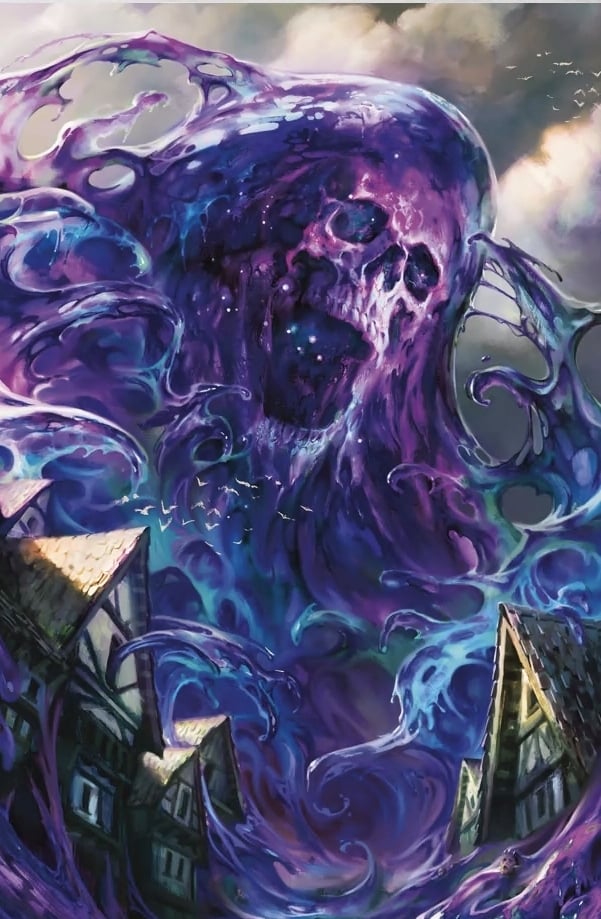
Scientists in our world have theorized antimatter for years. Some have even generated it through complex materials. But in D&D? It’s much more readily found in the world – it’s just necrotic energy. How do we know this?
Because the antimatter rifle blasts enemies for 6d8 Necrotic damage. Almost the equivalent of a Blight spell. So matter and antimatter is probably just Radiant and Necrotic energy which makes a weird sort of sense for D&D’s “physics.”
Firearms Show Up in the Strangest Places
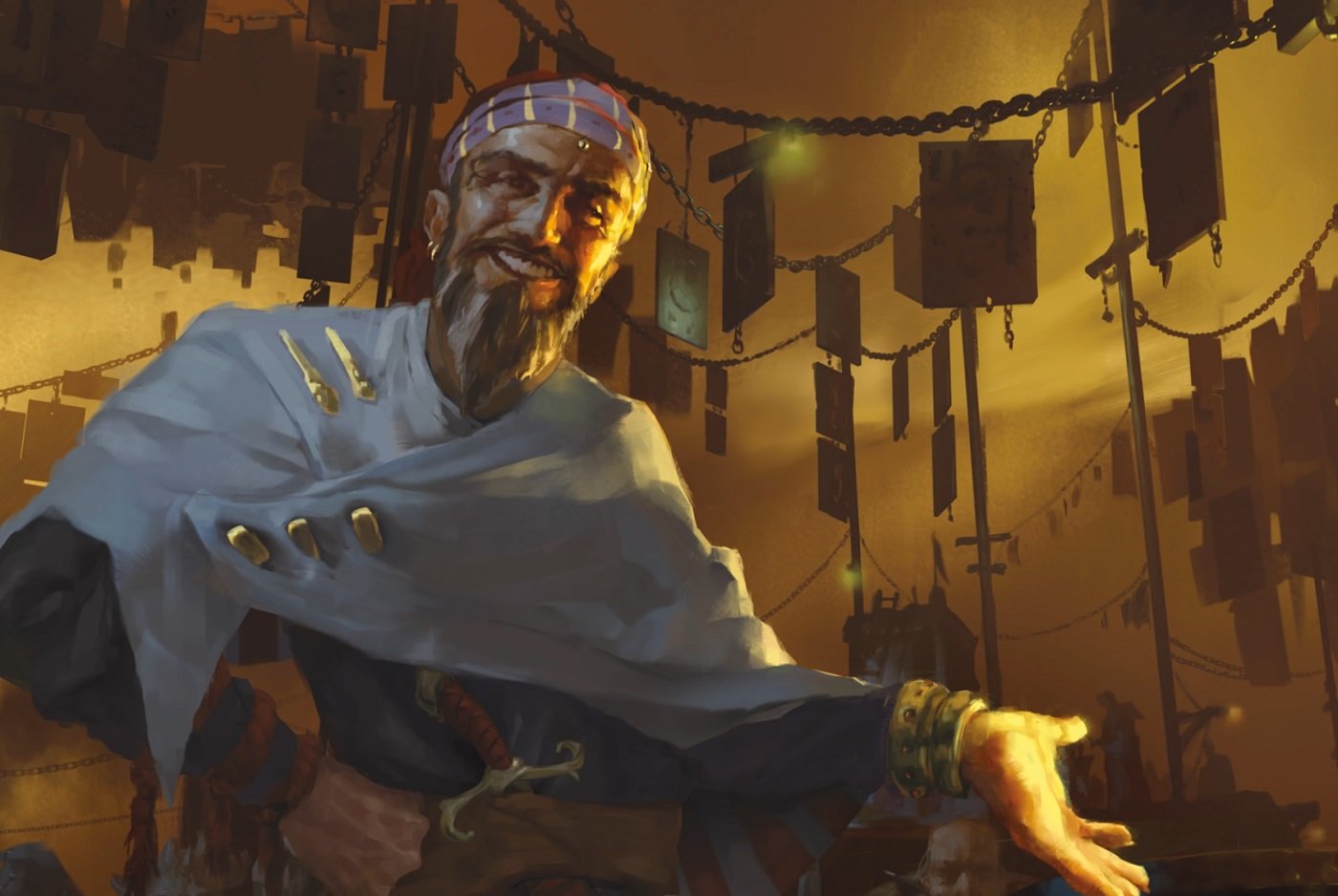
As weird as it is to imagine “modern firearms” in D&D, it’s even weirder to think about where you might find one. After all, outside of the Dungeon of the Mad Mage, where the evil archwizard Halaster Blackcloak has a fully loaded revolver, it’s not like you would expect to find an AK-47 lying in a chest with three gemstone worth 175 gp each.
The Dungeon Master’s Guide has some idea, though. It posits looking in the places where the multiverse of D&D might run together. Cosmic places, as it turns out, are great places to maybe buy a gun. Here’s what the DMG has to say:
The Firearms table provides examples of modern and futuristic firearms. If you make them available for purchase (perhaps in the fantastical marketplaces of the City of Brass), treat modern items as Rare magic items and futuristic items as Very Rare ones (see chapter 7).
Grenades and Exploding Gunpowder Kegs Won’t Blow Up Walls
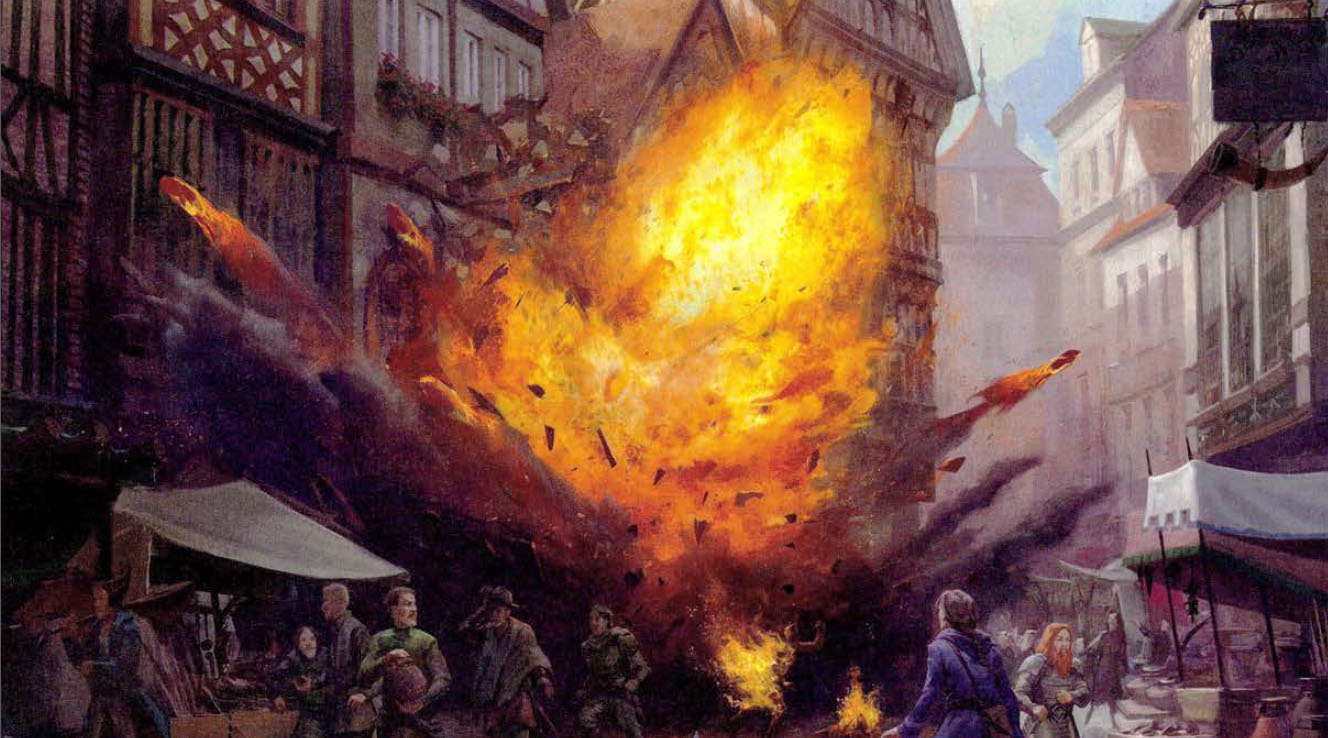
Finally, we come to a close relative of firearms: explosives. You might be familiar with barrelmancy if you’ve played Baldur’s Gate 3. Well, explosive barrels are also in D&D, as are hand grenades, bombs, and dynamite.
Though weirdly enough, they’re much less effective than in our world. Because technically—by the rules strictly as they are written, explosives only deal damage to creatures. When a keg of gunpowder is set off, it explodes in a 10-foot radius sphere and deals 7d6 fire damage to each creature within a 10 foot radius. Now, obviously the DMG isn’t meant to replicate a physics engine—but that strikes me as weirdly specific. Of course, as a DM, you’re free to just figure out what that might do to the flimsy masonry of a goblin fort, or whatever.
Happy adventuring!

